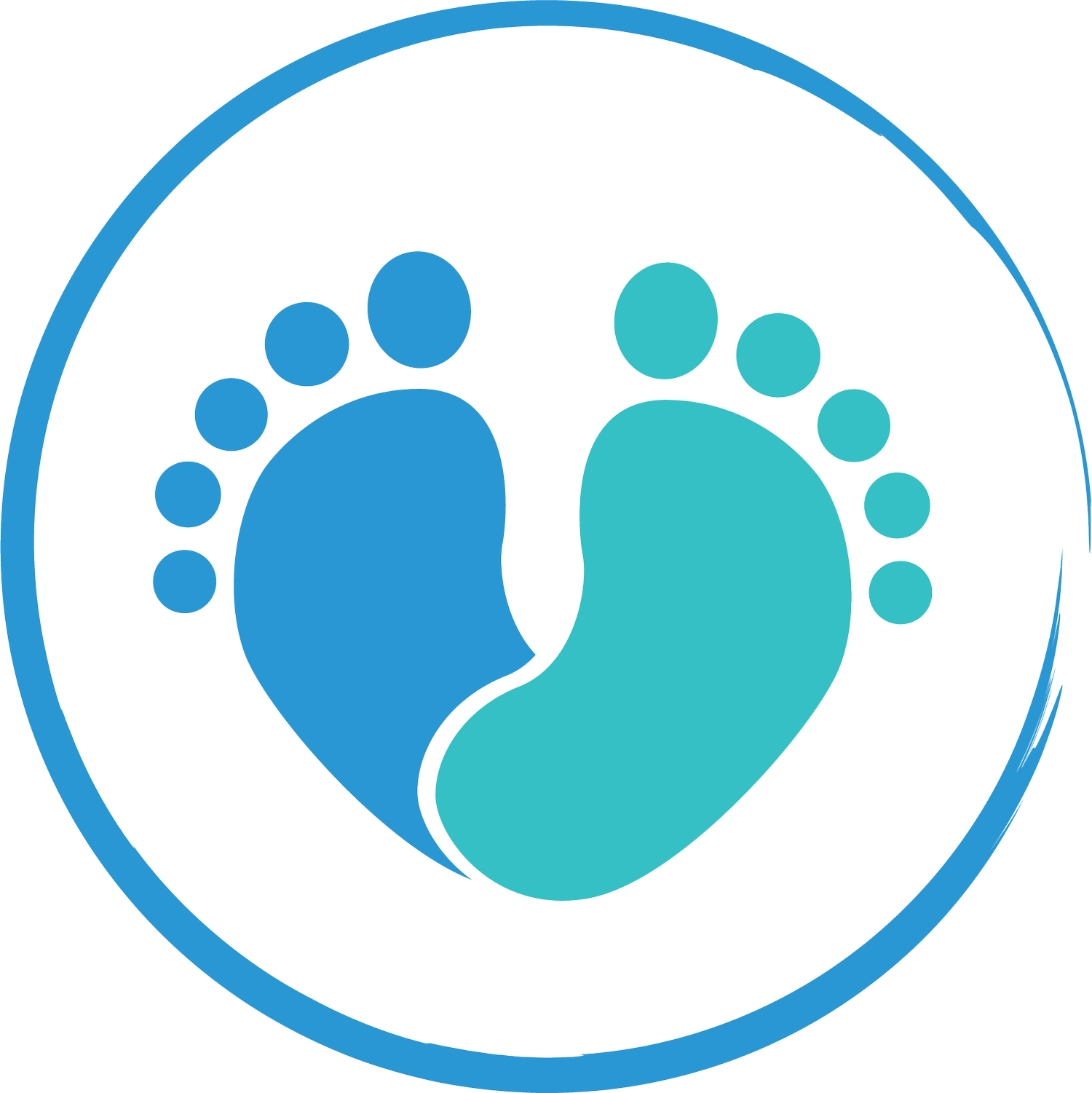Sock It to Swelling: The Lowdown on Compression Socks
When you think of compression stockings, you usually imagine them on an elderly individual or someone with visibly swollen lower legs. However, compression stockings are for everyone! Compression stockings or compression socks, are a specialized elastic compression garment worn on the lower extremity to prevent the development or progression of vein disorders. Compression stockings function by compressing tightly around the ankles, gradually decreasing as they go up the leg. This causes arterial pressure to increase which causes more blood to return to the heart and less to accumulate in the lower legs.
Compression stockings are suitable for individuals of all ages and backgrounds. They offer relief for conditions such as varicose veins, venous insufficiency, and are particularly beneficial for pregnant women, those with prolonged periods of standing or sitting, athletes, and frequent travelers. By applying consistent pressure to the lower legs, ankles, and calves, these stockings alleviate discomfort and reduce swelling, while also promoting efficient vascular and lymphatic system function. They serve as a proactive measure against fluid accumulation and blood clot formation in the lower extremities, ensuring optimal leg health and comfort.
Compression stockings are usually made of cotton with stretchy synthetic fibers like spandex or lycra. If you tend to sweat, try wearing stockings with antimicrobial silver or copper to help wick moisture and prevent skin infections.
There are 5 levels of compression measured in millimeters of mercury mmhg. They include light 8-15 mmhg, mild 15-20mmhg, medium 20-30mmhg, firm 30-40mmhg, and extra firm 40-50mmhg. The appropriate compression should be selected based off individual needs.
Light help address minimal swelling and fatigue in the lower extremities. They are good for maintaining if you have minimal to no issues in your legs.
Mild address swelling but also help relieve the tired aching feeling in the lower extremities. At this level, they help prevent formation of DVTs and are useful in preventing varicose veins and spider veins, especially during pregnancy. They can additionally be used after sclerotherapy treatment.
Medium provide everything mild and medium stockings do but with the added benefit of treating orthostatic hypotension, severe lymphedema, ulcerations, and post-thrombotic syndrome.
Firm are mainly indicated for more severe forms of the above conditions and not usually recommended for the average healthy individual.
Extra Firm are for the most severe conditions and should only be worn if prescribed by your doctor.
Who should not wear Compression stockings? Individuals who have Peripheral Arterial Disease (PAD), atherosclerosis, heart problems, severe diabetic neuropathy or an active blood clot. They should not be worn to sleep, but rather feet should be elevated at night. It is important to note that although compression stockings are meant to be tight, they should not be strangulating your lower extremity. In addition, if you tend to have bigger calves, there are many lines of compression stockings that size up to 5XL and accommodate calves measuring 40 inches in diameter.
Did you find this helpful? If you would like to learn more or have further questions, feel free to contact us or schedule an appointment!


